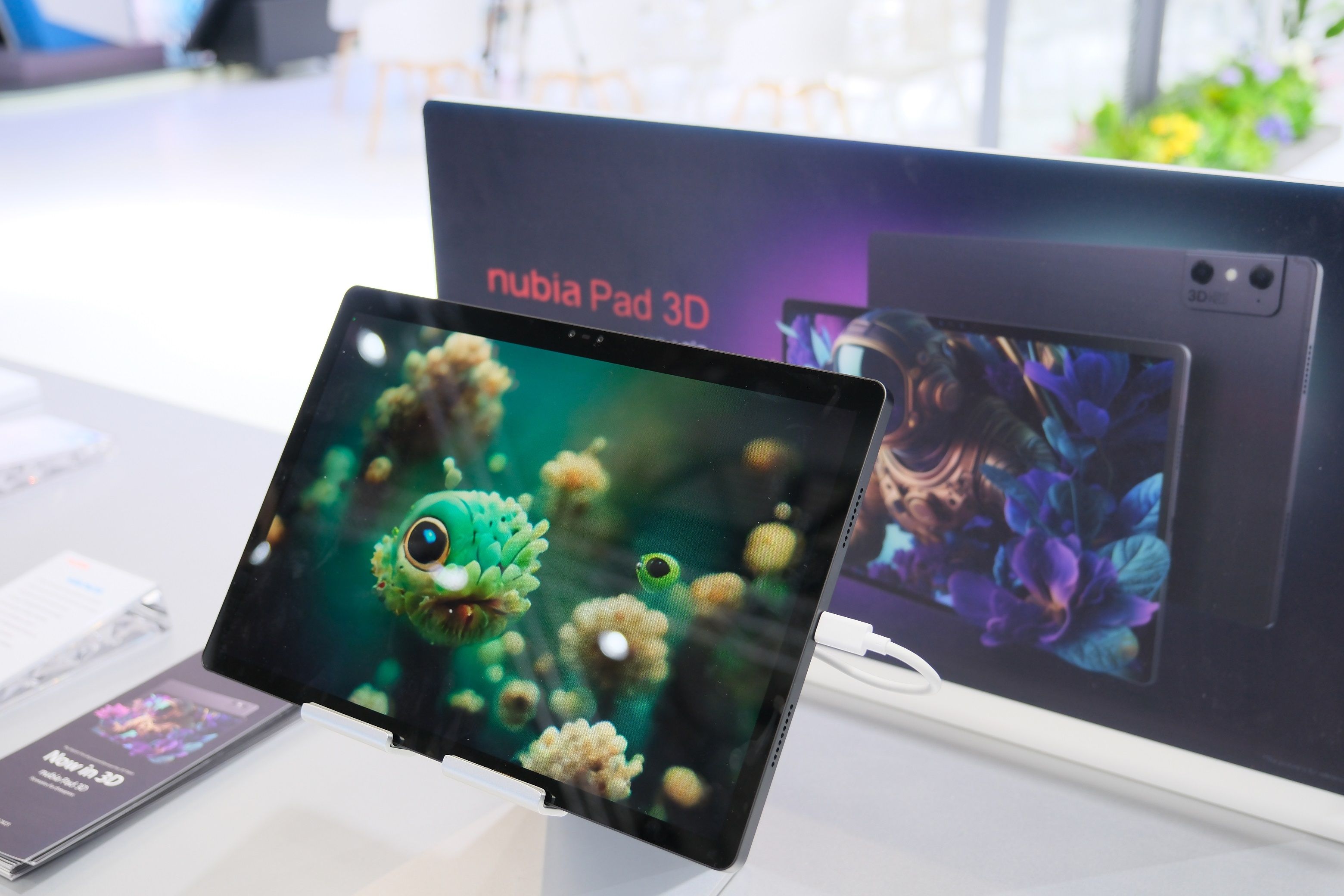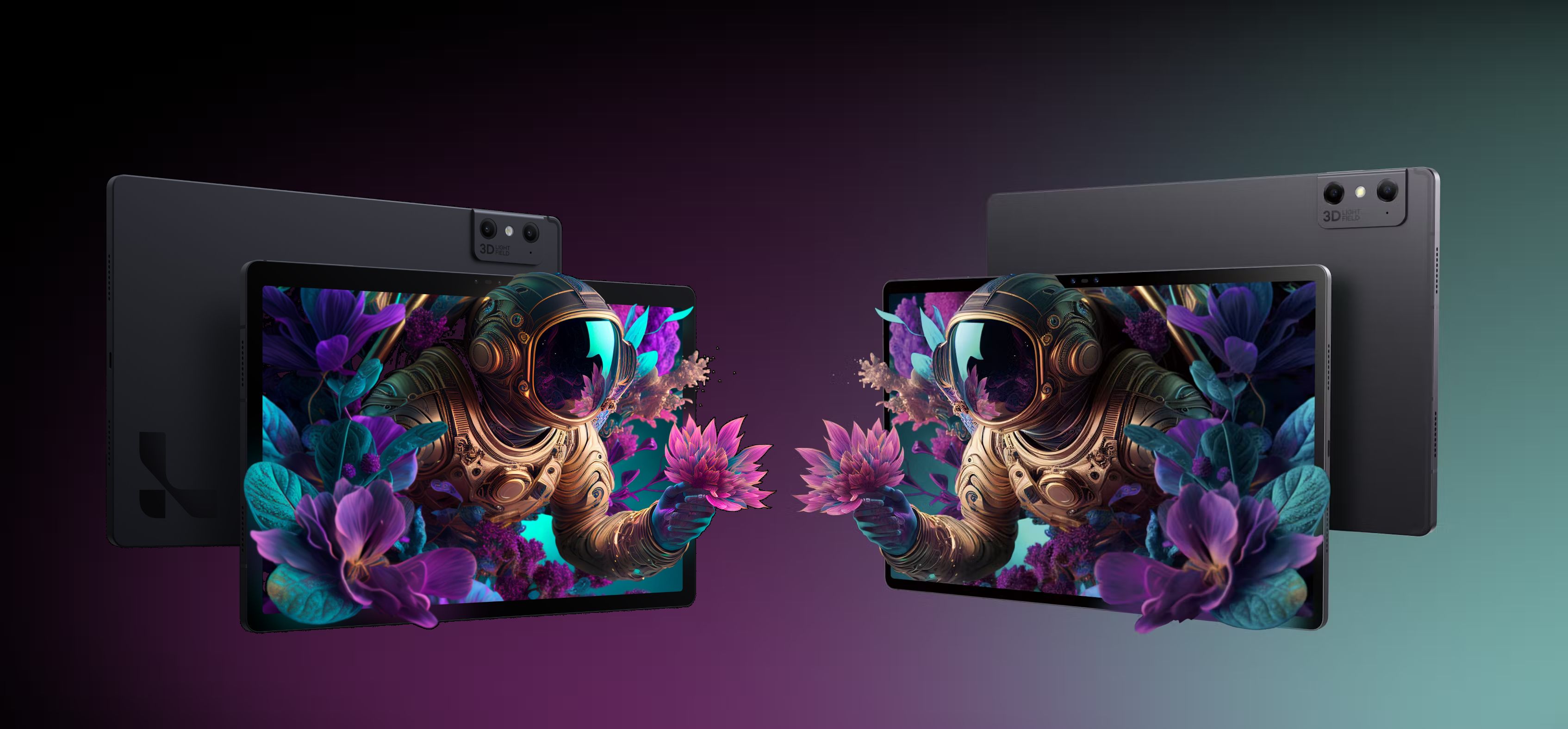Yes, mobile devices with 3D screens have been tried before. And yes, they’ve even been done in a way that doesn’t require glasses for the content to appear to jump off the screen. Consumers haven’t exactly hopped on the 3D bandwagon, but that hasn’t stopped ambitious electronics companies from dreaming of a holographic future. The latest endeavor in this field comes from a partnership between ZTE and 3D AI company Leia that was just unveiled at MWC 2023.
Earlier today, ZTE took the wraps off its Nubia Pad 3D during Mobile World Congress in Barcelona. The tablet is using artificial intelligence enhancements from 3D firm Leia (as in, "Help me Obi Wan Kenobi, you're my only hope") for better face tracking and real-time conversion of 2D media into 3D content. You may have heard of Leia's Lume Pad series of 3D tablets, which appear to be the platform upon which the Nubia Pad 3D was built.
If you follow tech, you've probably reached a point of semantic satiation with the term AI, where it's lost its meaning and mostly only serves as meaningless marketing jargon. So let's move past that and look at the actual technology involved here.
The Nubia Pad 3D is taking advantage of Leia's 3D lightfield technology, which uses a filter beneath the display to direct light to each of your eyes independently, creating an autostereoscopic effect (3D without glasses). This is supplemented by face tracking software that monitors your eye position in relation to the device and adjusts what's shown on the screen so that images appear to be three-dimensional.
The ZTE Nubia Pad 3D features a 12.4-inch IPS LCD with a resolution of 1600x2560 and a refresh rate of 120Hz — fairly pedestrian specs aside from the refresh rate, but the 3D magic is under the screen and in the software. It's using a Qualcomm Snapdragon 888 SoC, the processor at the core of most 2021 Android flagships, and it's powered by a 9,070mAh battery. Two sets of dual cameras adorn both the front and rear of the device, giving it the stereoscopic vision needed for creating good 3D content.
There's no word yet on a price, but its sister device, the Lume Pad 2, is available for preregistration in the US at a cost of $1,100. ZTE has confirmed a release timeframe, stating that preorders for the Nubia Pad 3D will open on March 25 and the device will be available for purchase sometime between April 11 and April 25.


